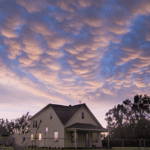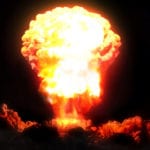A rainbow is caused by the Sun shining on moisture droplets, most commonly in a post-rain atmosphere. A moon bow is much rarer, only seen at night when the moon is low and full to almost full. One popular place to see moon bows is at Cumberland Falls in Kentucky, as pictured above.
Mirages occur when light is refracted to produce an image of an object or the sky where it is not. It is most commonly seen on hot surfaces, such as the pavement or a desert.
Like rainbows, haloes are formed around the Sun due to moisture (in this case ice crystals) being refracted from the Sun’s rays in the upper atmosphere. Sometimes two or more areas of the circle or arcs surrounding the Sun will be brighter, forming what are called Sun Dogs. Haloes can also form around the Moon, and occasionally around the brighter stars and planets like Venus.
The belt of Venus is a phenomenon that occurs during dusty evenings when a band of pinkish or brownish sky will appear between the sky and the horizon.
Noctilucent clouds are atmospherically high clouds that refract light at dusk when the Sun has already set, illuminating the sky with no seeming light source.
Also known in the southern hemisphere as the Aurora Australis, the Aurora Borealis are charged particles from the Sun that have reached the Earth’s upper atmosphere and become excited. They are more typically seen closer to the poles and during the equinoxes of the year. [Photo taken by Senior Airman Joshua Strang. Large scale public domain copy here.]
Due to different atmospheric issues, the moon will occasionally appear tinged with a color, such as blue, orange, or red. Excess smoke, dust, and eclipses can cause the moon to change color.
These odd-shaped clouds are often associated with a storm front, especially one involving a thunderstorm. It’s not completely understood how they form. [Image copyright Jorn Olsen, available for purchase here.]
This weather phenomenon is luminous plasma that appears like fire on objects, such as the masts of ships or lightning rods, in an area that is electrically charged during a thunderstorm. This occurrence was named the after St Elmo, the patron saint of sailors.
A fire whirl is either a tornado spinning too close to a forest fire or a whirl created from too much heat in the area.
Another heat related phenomenon, pyrocumulus clouds form from the fast and intense heating of an area to create convecture, which in turn creates a cumulous cloud. Volcanoes, forest fires, and nuclear explosion (in the form of a mushroom cloud) are all prime causes of pyrocumulus clouds.
Sun Pillars occur when the setting sun reflects off high, icy clouds at different layers. It creates a pillar of light that reaches high into the sky. It is also possible to see moon pillars.
Linked closely to haloes, diamond dust is a fog made of frozen droplets.
Rare and yet real, cases exist of rains of animals instead of water. This has occurred occasionally throughout history, from the Biblical times up to recent history. Meteorologists are still unsure of the cause.
Virga is when ice crystals in clouds fall, but evaporate before hitting the ground. They appear as trails from clouds reaching for the surface, sometimes giving the cloud a jellyfish-like appearance.
These are winds that carry dense air from a higher elevation to a lower elevation due to gravity. They are known locally as the Santa Ana (southern California), the Mistral (Mediterranean), the Bora (the Adriatic Sea), Oroshi (Japan), Pitaraq (Greenland), and the Williwaw (Tierra del Fuego). The Williwaw and winds traveling over the Antarctic are particularly hazardous, blowing over 100 knots at times.
A fire rainbow is an extremely rare phenomenon that occurs only when the sun is high allowing its light to pass through high-altitude cirrus clouds with a high content of ice crystals.
Also known as the Green Flash. This occurs very briefly before total sunset and after sunrise. It appears as a green flash above the sun that lasts very briefly, generally only a few moments. It is caused by refraction of light in the atmosphere.
This is a very rare phenomenon that involves ball-shaped lightning that moves much slower than normal lightning. It has been reported to be as large as eight feet in diameter and can cause great damage. There are reports of ball lightning destroying whole buildings.
All refer to phenomena that occur in the upper atmosphere in the regions around thunderstorms. They appear as cones, glows and discharges. They were only discovered last century, because of their placement and their very brief life-span (they last less than a second). Contributor: Cedestra
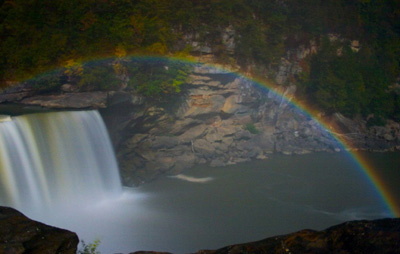

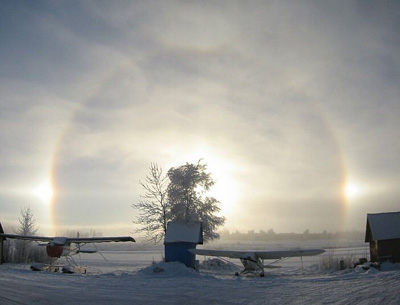
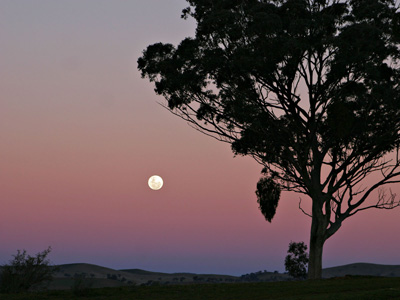
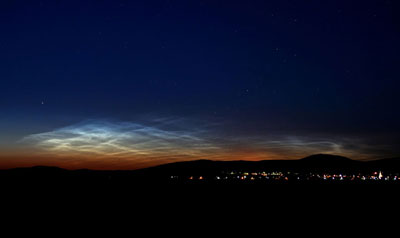

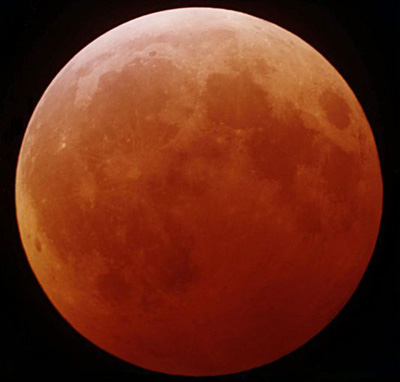
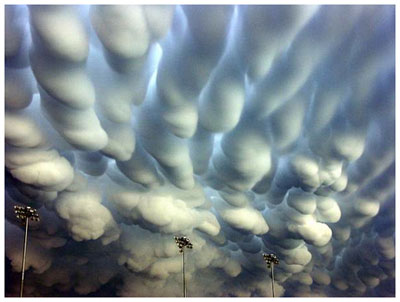
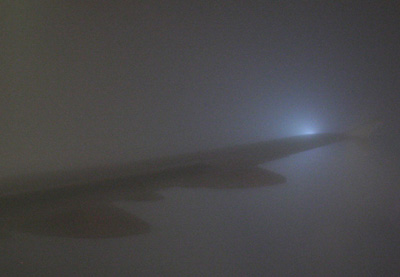

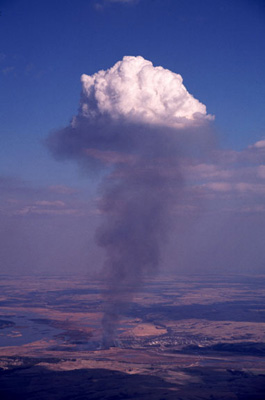
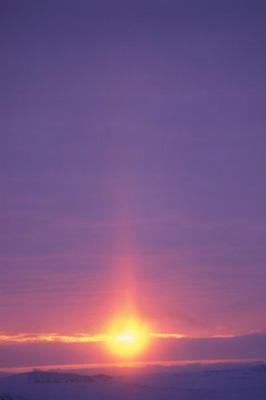

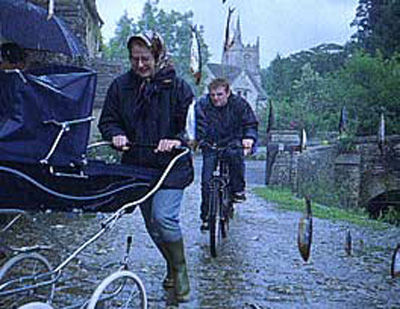

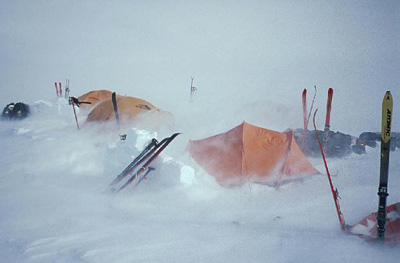
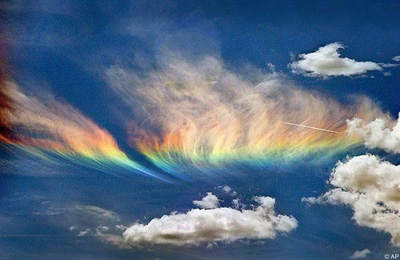
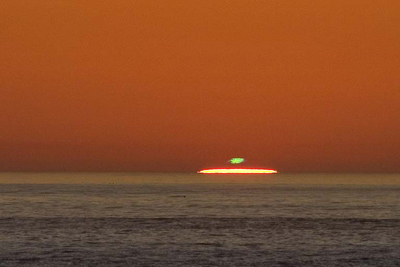
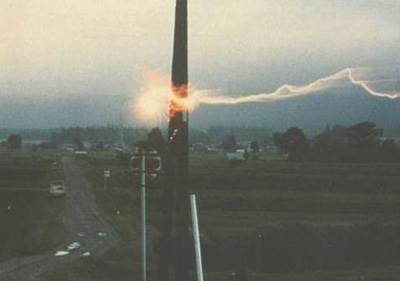
![]()
